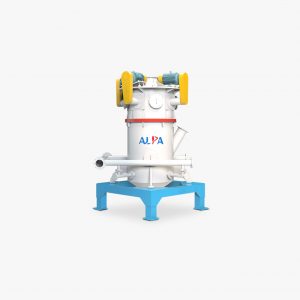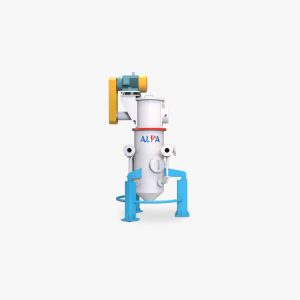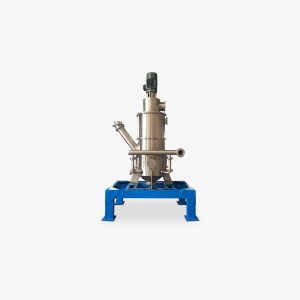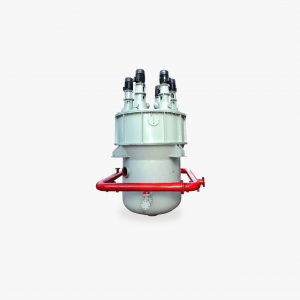How to reduce the energy consumption of jet mill
The advantage of the jet mill is that the material after grinding does not produce pollution. After grinding, the compressed high-speed airflow speed decreases and the volume increases. It belongs to the heat absorption process and has a cooling effect on the material. It is especially suitable for ultrafine grinding. Jet mill is to use high-speed airflow to accelerate the particle production speed, collide with each other or collide with the target to crush the material to achieve the grinding effect.




Generally speaking, there are three main ways to accelerate the grinding of solid particles by high-speed airflow:
(1) Airflow particle acceleration nozzle: After the airflow and the particles are fully mixed, the particles can obtain a high speed (almost the same as the airflow speed), but the material wears seriously on the inner wall of the nozzle and is rarely used in practical applications.
(2) The injector accelerates the particles: the high-speed (supersonic) airflow and the particles are mixed and accelerated in the mixing tube, and the particles get a higher speed, but the material wears the mixing tube seriously.
(3) Free airflow accelerates particles: The particles enter the high-speed air stream in the form of free fall. At this time, only the high-speed airflow passes through the nozzle, and the wear is small. However, since the falling speed (lateral) of the particles is very low, it is difficult to enter the center of the air stream (high-speed airflow) to obtain a high-speed airflow.
From this perspective, the efficiency of jet mill mainly depends on the relative collision speed and collision angle of particles in the fluidized bed. Therefore, only by changing the geometry and structural design of the nozzle and grinding cavity can the efficiency of jet mill be improved. To reduce the energy consumption of jet mills and improve production efficiency, we can start with improving the nozzle structure, determining the nozzle spacing, improving the shape of the grinding cavity, and determining the material level of the grinding cavity.
Several uniformly distributed auxiliary nozzles are arranged around the main nozzle to accelerate the material particles around the main nozzle to enter the central area of the main stream to obtain a larger collision velocity. A feed nozzle is arranged in the center of the main nozzle, and the fluidized particles in the fluidized bed are directly sucked into the center of the main nozzle to obtain a high collision velocity.
